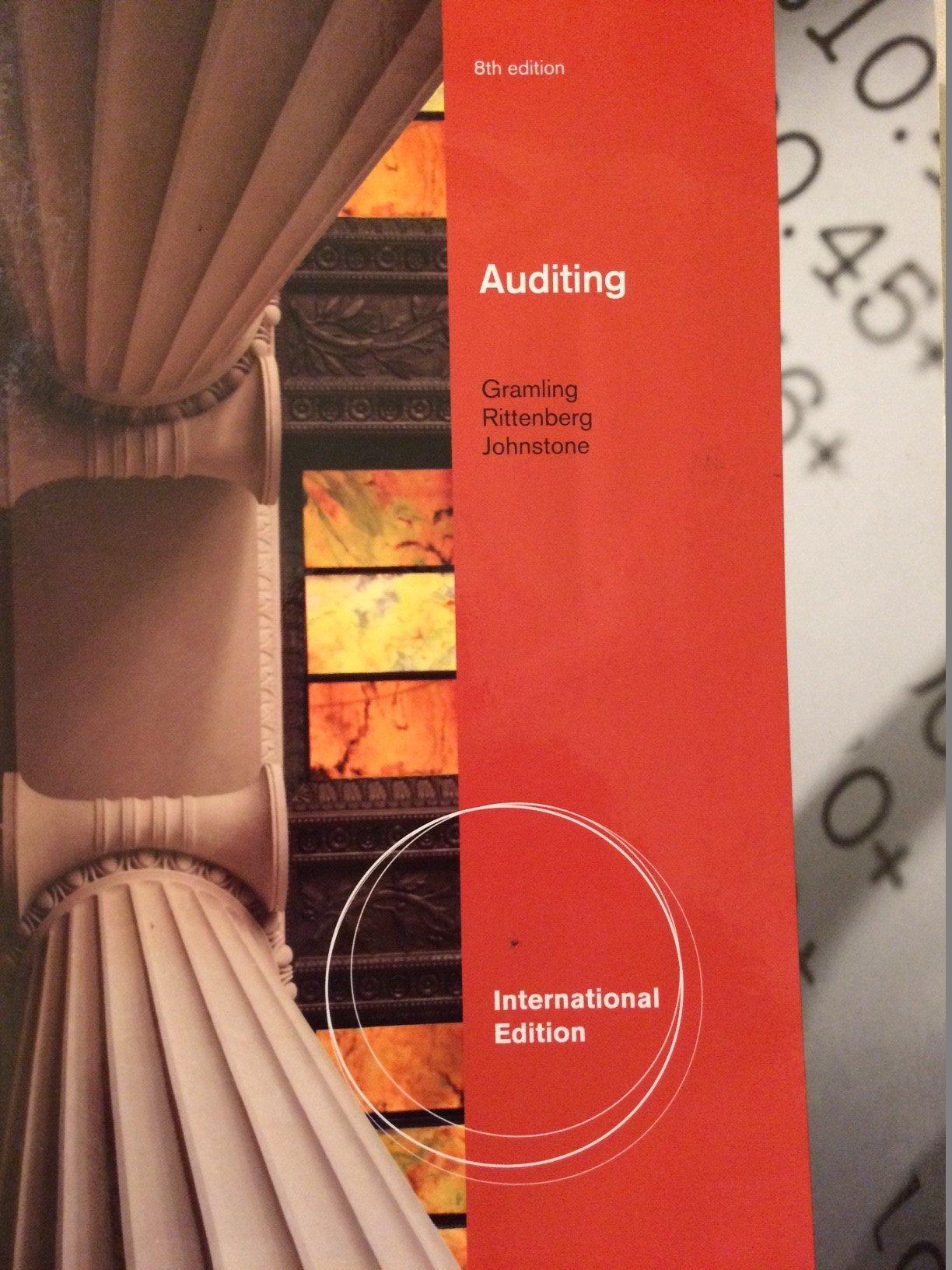
 *PLEASE PROVIDE DETAILED INSTRUCTIONS*
*PLEASE PROVIDE DETAILED INSTRUCTIONS*
LAMROCK LIMITED Elizabeth M. A. Grasby revised this case (originally Clark Dairy Ltd.) solely to provide material for class discussion. The authors do not intend to illustrate either effective or ineffective handling of a managerial situation. The authors may have disguised certain names and other identifying information to protect confidentiality. Version: 2014-06-16 Tom Baxter, sole owner and general manager of Lamrock Ltd., knew that he was in trouble. Sally Hedger, the company's accountant, had slammed the door and walked out of the building yesterday afternoon. Hedger had a temper that Baxter had observed in the past, but nothing like the explosion that occurred yesterday. When Hedger did not show up this morning, Baxter was pretty sure that he had seen the last of her for this week. Unfortunately, Baxter had to take a set of Lamrock Ltd.'s unaudited financial statements for review to the bank tomorrow. This review was one of the conditions the bank had put in place to maintain Lamrock's loan agreement. This was Lamrock's fourth year in business, and Baxter relied heavily on the bank's willingness to finance the firm's capital investments needed for operations. He did not want to postpone the bank meeting for fear that the loans manager would become concerned about Lamrock's outstanding loans. For several reasons, Baxter did not want to bring in another accountant to prepare the statements: the accountant would question every number; it was highly unlikely that he could hire an accountant on such short notice; and the cost would be prohibitive. Consequently, since Hedger had left a printout with the names of the accounts and their final balances for the fiscal year on her desk (see Exhibit 1), Baxter decided to put into practice what he learned from his basic accounting course five years ago. He planned to organize the accounts and their balances and prepare the firm's income statement, statement of retained earnings and the balance sheet' for the fiscal year ending March 31, 2014. Since Hedger had not yet done March's bank reconciliation and Baxter did not have the necessary information to do one, he would "plug" for the cash balance on the company's balance sheet. Exhibit 1 ACCOUNT NAMES AND BALANCES AT MARCH 31, 2014 $ Depreciation expense warehouse and equipment Cash Retained Earnings April 1, 2013 Inventory, March 31, 2014 Selling Expenses Inventory, April 1, 2013 Income tax expense (estimate) Mortgage Loan - 6% (due 2020) Sales Land Other Expenses Common stock Prepaid expenses Loans - Equipment (due 2021) Dividends Accounts receivable Interest expense Warehouse and equipment at cost Accumulated depreciation - warehouse and equipment, April 1, 2013 Bank loan-demand note Taxes payable Accounts payable Other current liabilities Goodwill Administrative expenses Purchases Trading Investments (short-term) 60,000 ? 174,000 68,500 161,000 87,000 38,000 400,000 1,193,500 565,000 39,600 250,000 16,800 550,000 170,000 92,600 79,500 1,200,000 180,000 375,000 12,000 67,200 43,600 12,000 87,200 595,000 50,000

 *PLEASE PROVIDE DETAILED INSTRUCTIONS*
*PLEASE PROVIDE DETAILED INSTRUCTIONS*





